Intro2-Computational-Neuronscience-w1
[TOC]
1. 使用Python作科学计算(scientific python)
- 在scripts前习惯添加如下代码 :
from __future__ import division
import numpy as np
import matplotlib.pyplot as plt
- 使用 pickle module 读取数据:
import pickle
data = {'stim': np.array([1,2,3]), 'response': np.array([4,5,6])}
with open('my_data.pickle','wb') as f:
pickle.dump(data,f)
with open('my_data.pickle','rb') as f:
new_data = pickle.load(f)
2. Models used in CN
Models
- Desciptive Models—— what nervous system do
- Mechanistic Models——how they function
- Interpretive Models——why they operate in particular ways
Receptive Fields.Experiment
Example to explain: ——Receptive Fields
Hubel and Wiesel, c. 1965

showed that the cat’s cell responded robustly when the bar of light oriented at 45°
感受野,感受器受刺激兴奋时,通过感受器官中的向心神经元将神经冲动(各种感觉信息)传到上位中枢,一个神经元所反应(支配)的刺激区域就叫做神经元的感受野(receptive field)【受纳野】。

Receptive Fields.Models
-
Desription
- Retina 视网膜
layer of tissue back of your eyes(retinal ganglion cells[视网膜神经节细胞] there)
-
Lateral Geniculate Nucleus(LGN)[外侧膝状体]
-
the Primary Visual Cortex(V1)[初级视皮层]
意即通过实验发现视网膜和V1处的细胞有不同的感受野,这是一种科学发现,发现其形式因
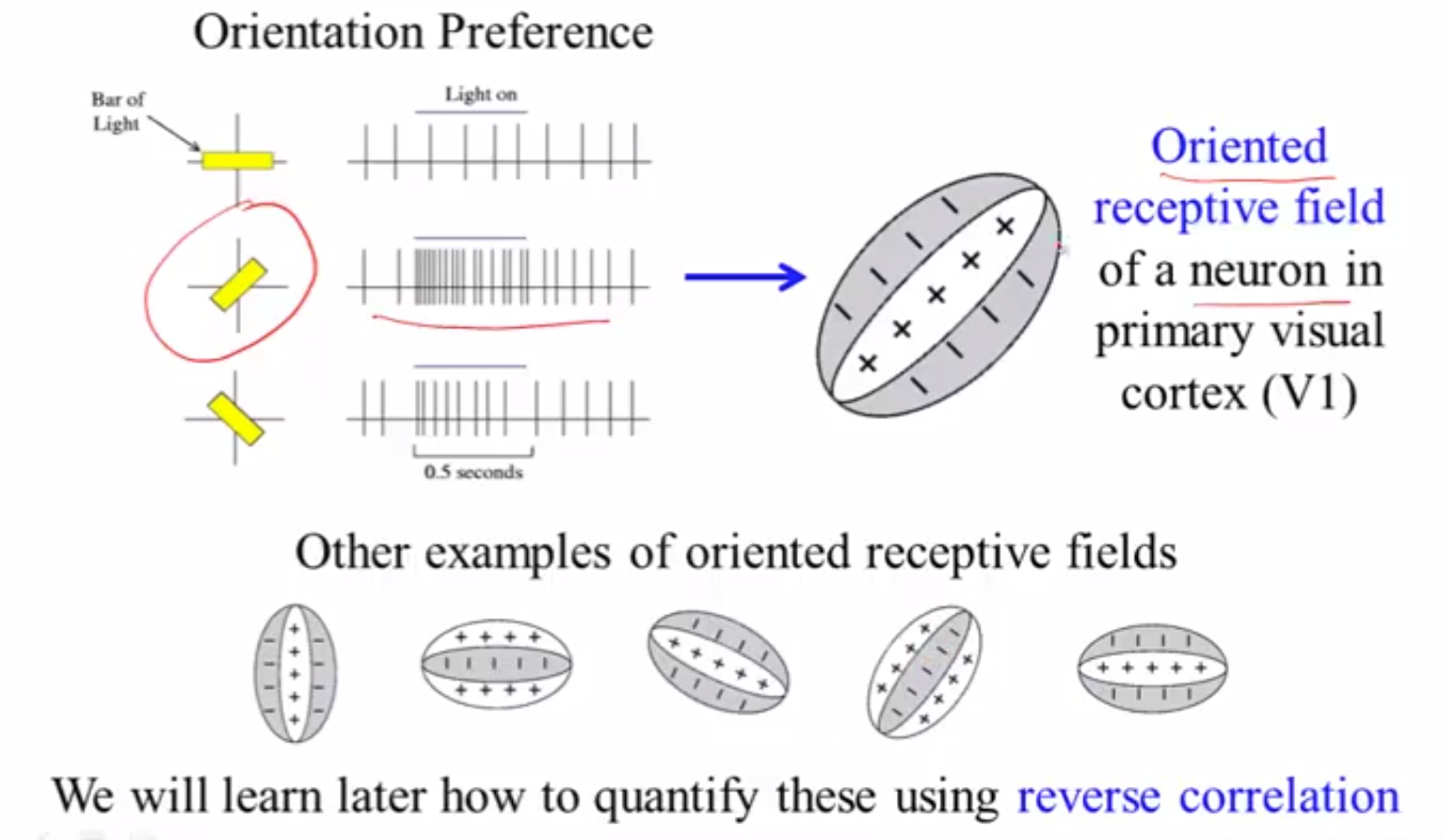

- Machanical
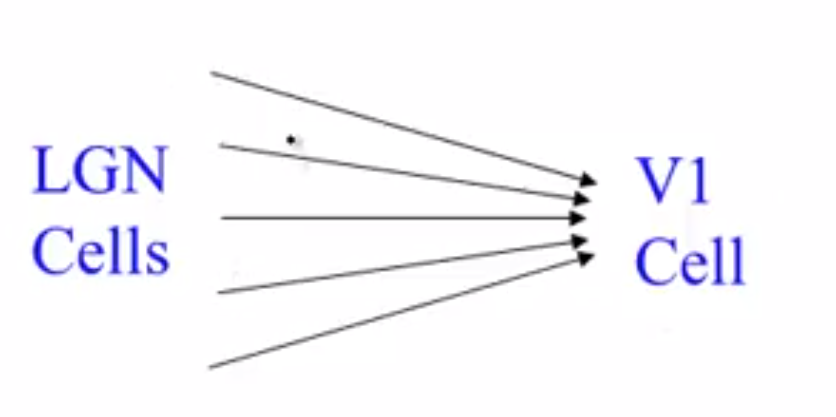
解剖学(anatomy)发现众多的LGN细胞连接到独立的V1细胞,Hubel&Wiesel则推测V1 cell感受野的变形是由于不同LGN细胞的前馈输入叠加。(feed-forward input)
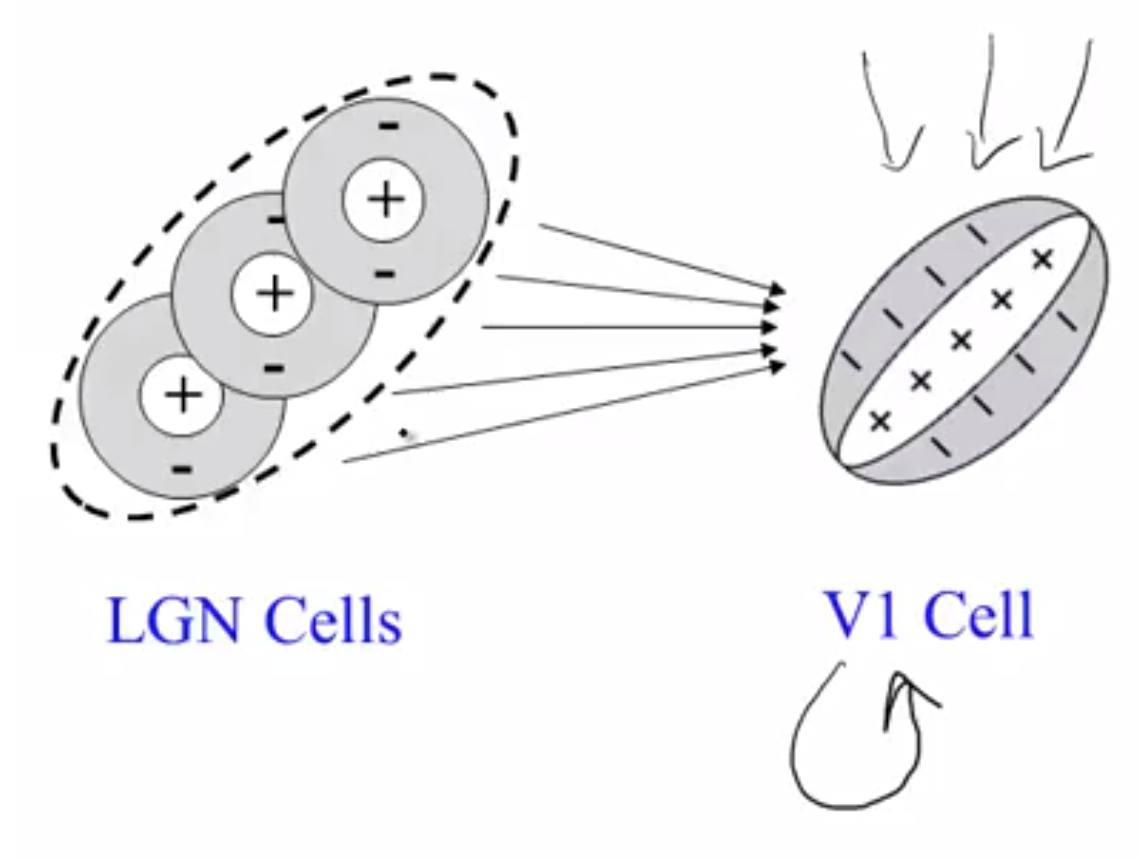
这种模型提供了一种科学解释,解释其动力因
- Interpretive Model
为什么V1细胞要长成这个样子?这种interpretive model解释了其目的因
进化论的角度:为了表达客观世界图象更加的真实、更加有效
(represent images as faithfully and as efficiently as possible)
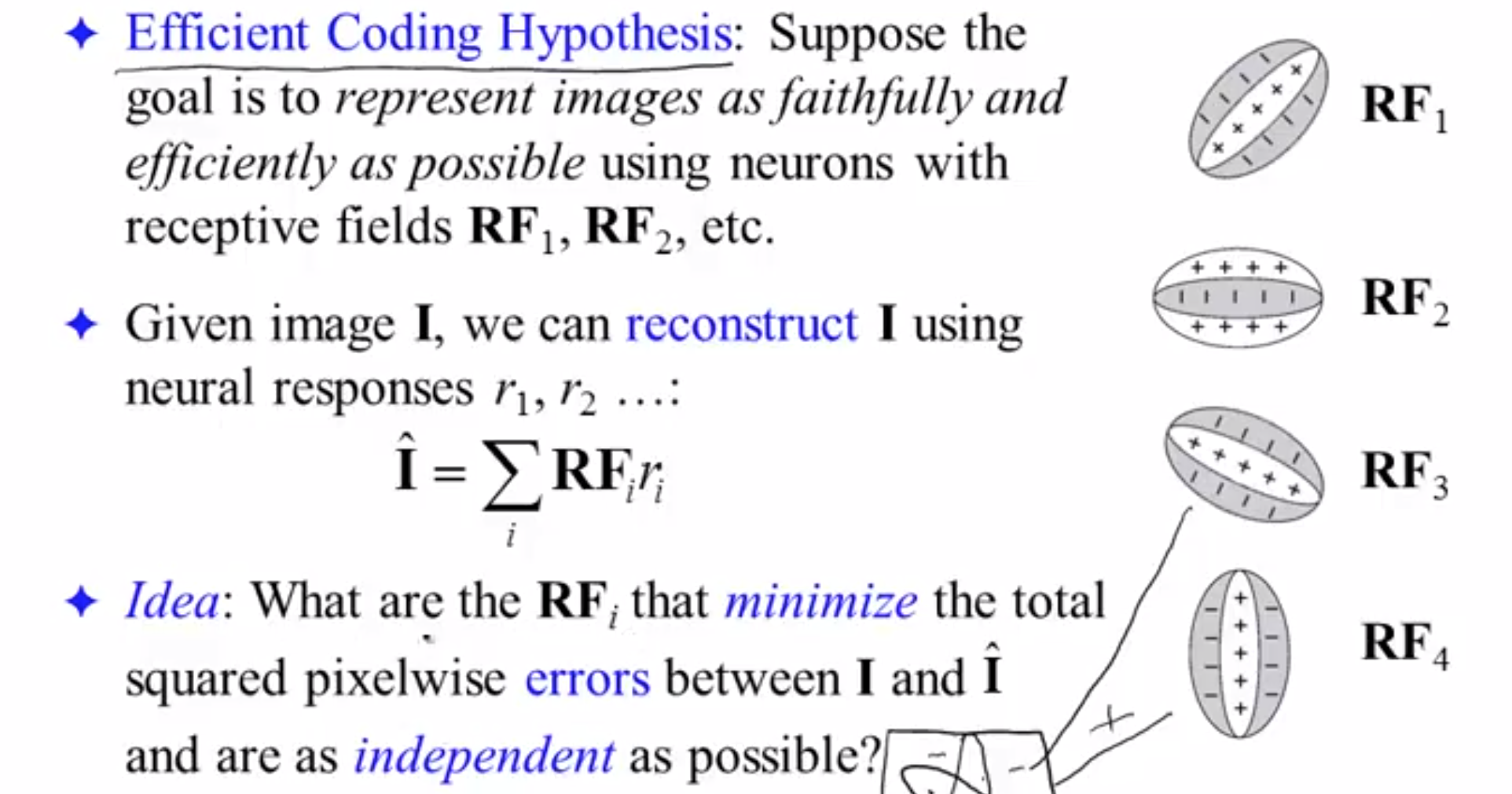
验证模型的正确性:
建模:
* 输入:自然图象
* I^ = (自己构造的RFi)*wi
* 将I^ 与输入的 I 对比,比较二者灰度值的差异
* 找到最有效率、最优的RFi
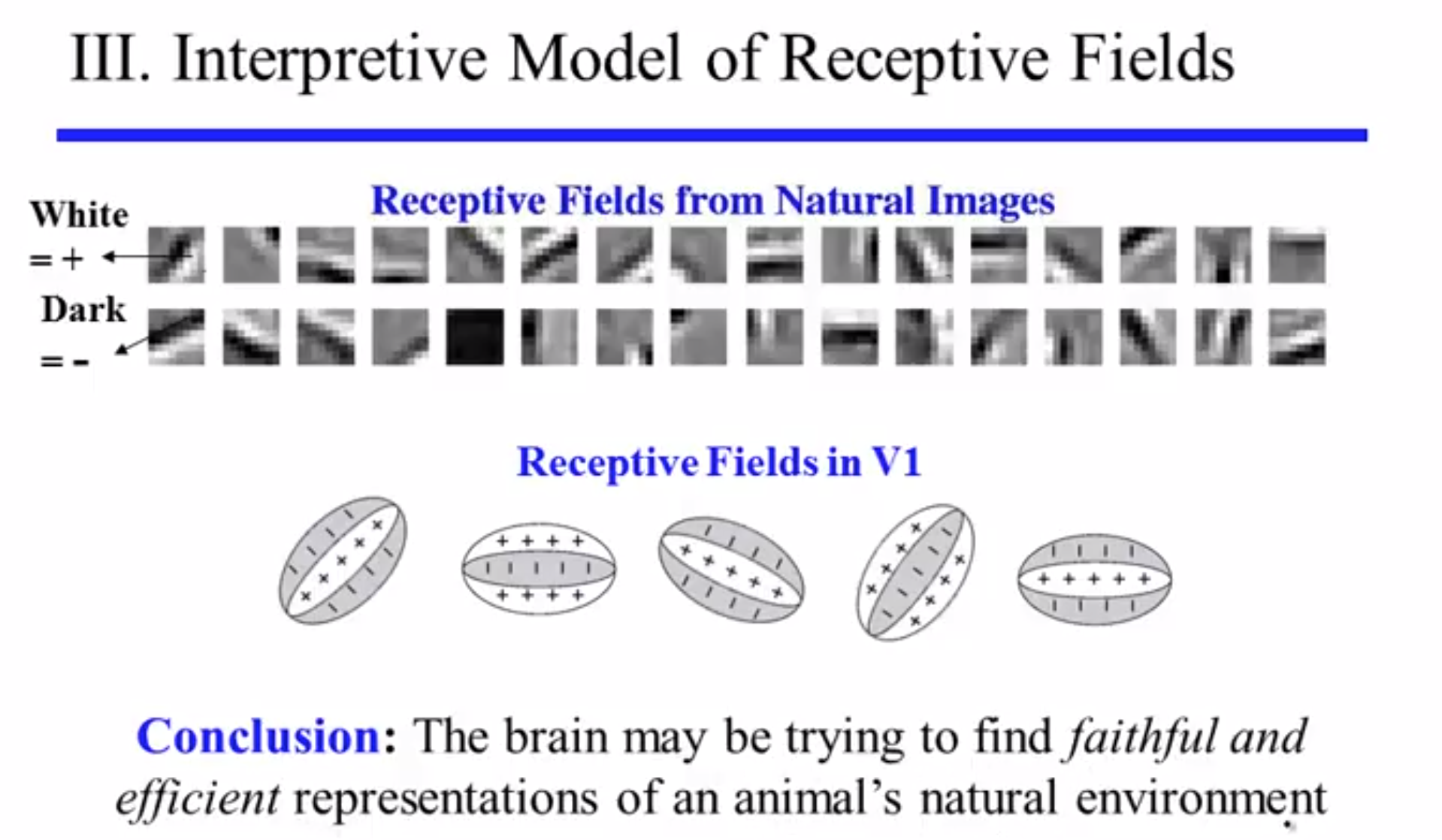
3. Conclusion
亚里士多德针对认识论提出了“四因说”:每个对象都有其“形式因”,“质料因”,“动力因”,“目的因”
CN的三个模型,DESP研究形式因和质料因,MACHA研究动力因,INTERP研究目的因.
重要的还是对自己的模型进行验证:)
Enjoy Reading This Article?
Here are some more articles you might like to read next: